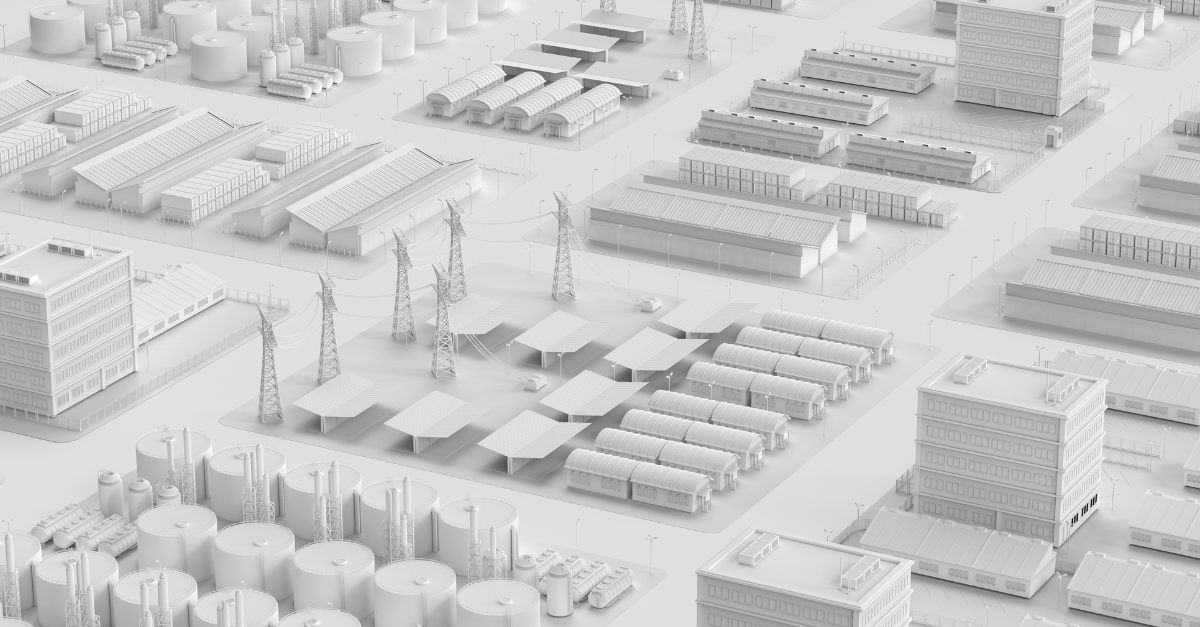Strategic Asset Management (SAM): From Risk to Resilience

Strategic Asset Management (SAM) is a proactive approach to aligning asset strategies with organisational ambitions, helping unlock greater value for your business. A large portion of assets in our manufacturing sector represent long-term business investments designed to safeguard and support ongoing operations well into the future.
Aging assets increase operational and organisational risks, particularly because upgrades or replacements require lengthy lead times. A proactive strategy is essential.
Intentional Asset Management in Capital Planning
Strategic Asset Management (SAM) is essential for optimising capital planning and maximising long-term investment returns. Involving stakeholders, seeking industry advice, and clearly defining asset specifications to match business goals supports organisational objectives and strengthens resilience amid changing industry needs.
In practical capital project delivery, this can include:
- Intentionally manage asset grade and quality for regulation and compliance.
- Ensure transparent pricing and risk allocation.
- Use contracts that foster provider collaboration.
- Set governance direction and monitor projects regularly.
The evolution of technology is also playing a part here. Technological advancements are reshaping Strategic Asset Management, with tools like enterprise asset management (EAM) systems, building information modelling (BIM), real-time performance and maintenance data and predictive analytics platforms enabling more informed decision-making throughout the capital project lifecycle. The availability of analytics and plant data enables cost-optimised solutions and clearly outline the cost and opportunity in effective capital planning.
Asset Lifecycle Management – when to Replace?
Aging assets can create a range of challenges for teams across maintenance, quality, engineering, and even at the board level. There is rarely a single clear solution, as compliance challenges, organisational structures, and limited capital all affect businesses navigating the changing manufacturing landscape. Dealing with these challenges can generate significant ‘noise’ and can make it difficult to achieve desired outcomes:
- Maintenance and replacement cost control
- Operational risk quantification
- Capital decision-making clarity
- Maintenance and engineering support capabilities (resources, skills, culture)
- Risk-based compliance approach for aging assets
By realistically assessing the remaining asset life on legacy equipment, implementing contingency plans, and aligning with long-term operational objectives, organisations can address these challenges proactively and bolster resilience. In practice, however, many are compelled to invest in asset replacement not when capital ideally becomes available, but in response to unexpected failures or the pressing demands of compliance deadlines. This reactive approach makes it even more crucial to have robust strategies and contingency plans in place, ensuring organisations can manage risks and maintain performance even when investment timing is less than optimal.
How do Equipment, Building, and System specifications affect Operational and Maintenance costs?
Approaches to asset specification and capital expenditure vary significantly across organisations and infrastructure projects. While some differences are intentional, many result from underlying business constraints. These variations can cause systems to be over-specified, leading to high costs, or under-specified, resulting in more maintenance, upgrades, or compliance issues.
An intentional approach to balancing precise technical specifications and industry-based expertise enables organisations to optimise both initial investments and long-term operational expenditures, while safeguarding outcomes, ensuring that assets deliver lasting value and resilience. This can be achieved by:
- Design risk management
- Internal technical expertise project support
- Informed Contractor Management strategy and clear acceptance criteria
- Identifying critical project constraints
We partner with your team to manage and allocate design risk among providers, integrating our expertise into your processes. By collaborating, we utilise each provider’s strengths for efficient, effective solutions.
Why choose TEG for your Asset Replacement Project?
For the past 20 years, we’ve partnered with manufacturers across Australasia, delivering expert project management services, including industrial project management and project management for the manufacturing industry. Our approach in project management planning and industrial design enables us to operate within different organisational systems and processes, delivering durable assets intended to provide long-term value for businesses. With extensive experience, our team consistently takes a constructive, solution-oriented approach to common Asset Management challenges.
As project delivery partner TEG applies its engineering and project management expertise in risk-informed decision-making and resilience engineering to deliver systems that are robust against disruptions, reduce downtime, and promote sustainable outcomes. This strategic approach enables clients to effectively respond to emerging challenges and excel amidst uncertainty.
Let’s talk about your Strategic Asset Management challenges.
